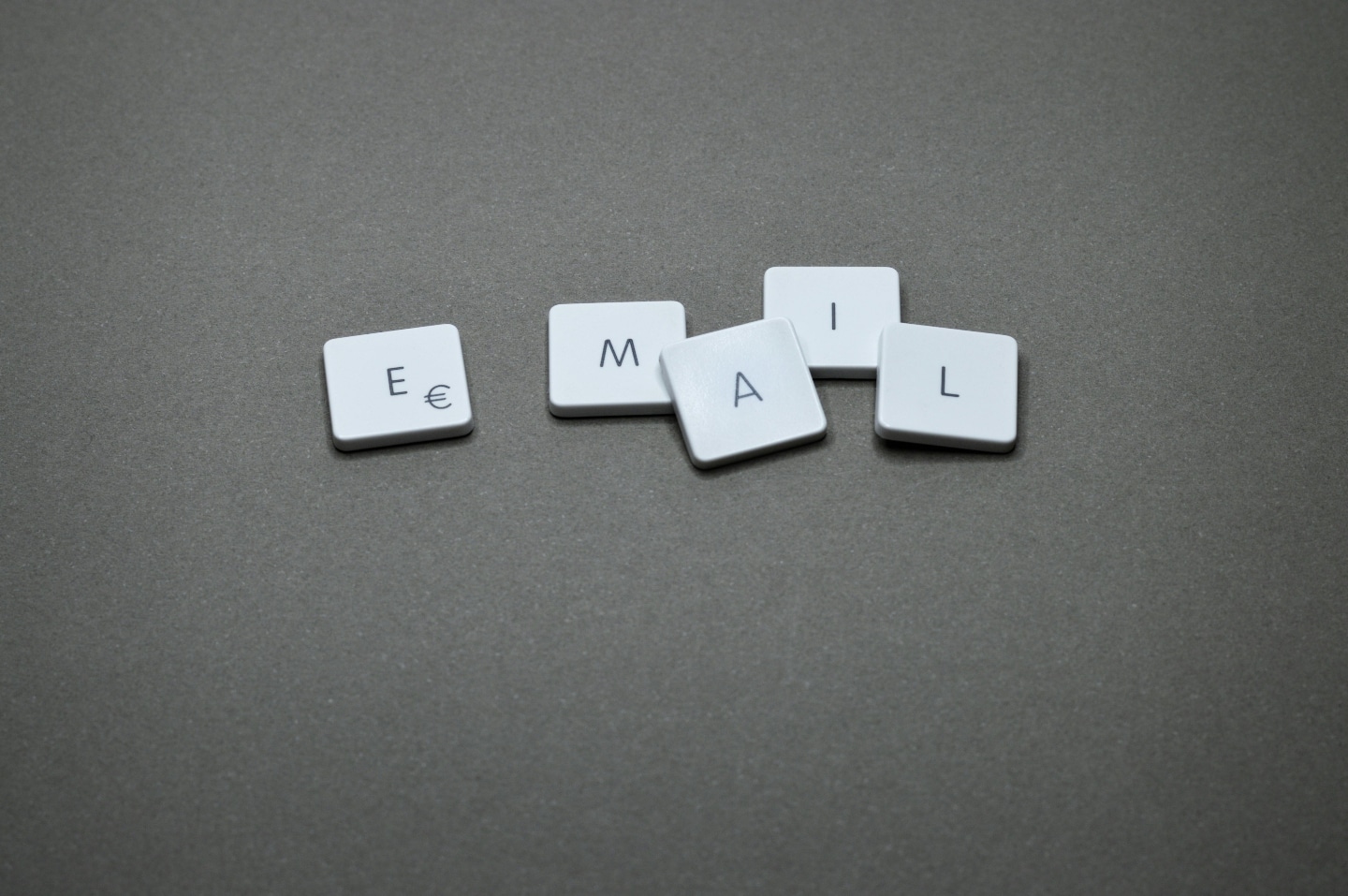
Expressing empathy in email communications can do wonders for your relationships. It can also encourage the recipient to respond and act.
Approximately 30% of buyers say email is their most preferred way of communicating with sellers. But reps report issues with email open rates and getting responses. Adding more empathy to emails may help bridge this gap.
As the professionals at Alore point out, sellers are already embracing tools to help enhance their sales emails. Why not incorporate more empathy?
“Empathy is another significant and efficient way to enhance sales email response rates,” they write.
People Skills Coach Kate Nasser agrees. She recommends letting your people skills shine through your emails. This, she notes, benefits both you and the recipient by offering valuable information in a caring manner.
How to include empathy in your email communications
One of the most effective ways to showcase that you care is to show you’re listening. While this may seem difficult to do via email, there are tricks to doing so.
If responding to an email, Nasser advises you to re-read their email before starting your reply. And imagine the person speaking the words to you. This perspective can help you better comprehend their words.
“Listen to what they are saying, what they are not saying, and what, if anything, they are asking,” she writes.
If there are any gaps in your understanding, don’t get irritated. It can be frustrating to not understand what someone is trying to say. But always assume good intent.
“Assume for now that they did not intend to confuse you,” Nasser adds.
“It will stop your frustration and annoyance from showing through in your reply to them.”
Your mindset affects how you write and how your words come across to the reader. Reframe your response and think of it as an opportunity to clarify.
Repeat specific phrases or terms they use to show that you read their email. Repeating points back is an important part of active listening. And you can use this tactic with written communication as well.
Keep the focus on the buyer
It can be difficult to write sales email communications that balance promotion and humility. You want to promote your solution but you also don’t want to be self-serving. Outreach recommends to keep asking yourself if your words offer value.
Keeping your communication focused on providing value will help you keep focus on the buyer. Reference their specific pain points, their business, their questions, and any other details. This also conveys that you’ve taken the time to learn, and remember, specifics about them.
Another tip, from Alore, suggests tracking your use of personal pronouns.
“Keep track of how many times you use the words ‘I’ and ‘we,’” they write.
Also, compare how often you’ve mentioned your business name compared to theirs. These clue you in to where your writing is focused and if you need to re-focus on the buyer.
Write for their understanding
Another simple way to show empathy in email communications is ensuring the reader gets your message. Make sure your writing is clear, concise and relevant to their needs.
“Use section headings, paragraphs, and bullet points,” Nasser suggests.
She also recommends creating a template that you can use to make sure your formatting is always easy to read.
And making good use of the subject line also shows respect for the recipient. Use subject lines that clearly state the topic of the email, and avoid using click-bait tactics. SalesFuel recommends a subject line no longer than 60 characters.
This saves the buyer time, immediately alerting them to the topic of the email and why they should read it. For more email etiquette basics, take a look at these tips.
The more empathy you demonstrate in your email communications, the more likely buyers are to read and respond. They’ll notice the effort you’ve put into writing it, as well as the research you’ve done. And, because the focus is on them, your message will resonate and inspire a response.
Photo by Miguel Á. Padriñán
